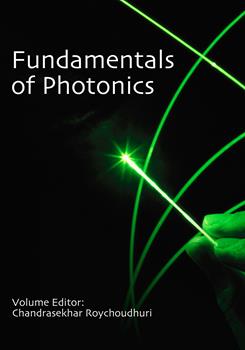|
|
|
|
CITATIONS
Cited by 5 scholarly publications.
Sensors
Human vision and color perception
Thermography
Electronic circuits
Laser metrology
Photodetectors
Photonics


